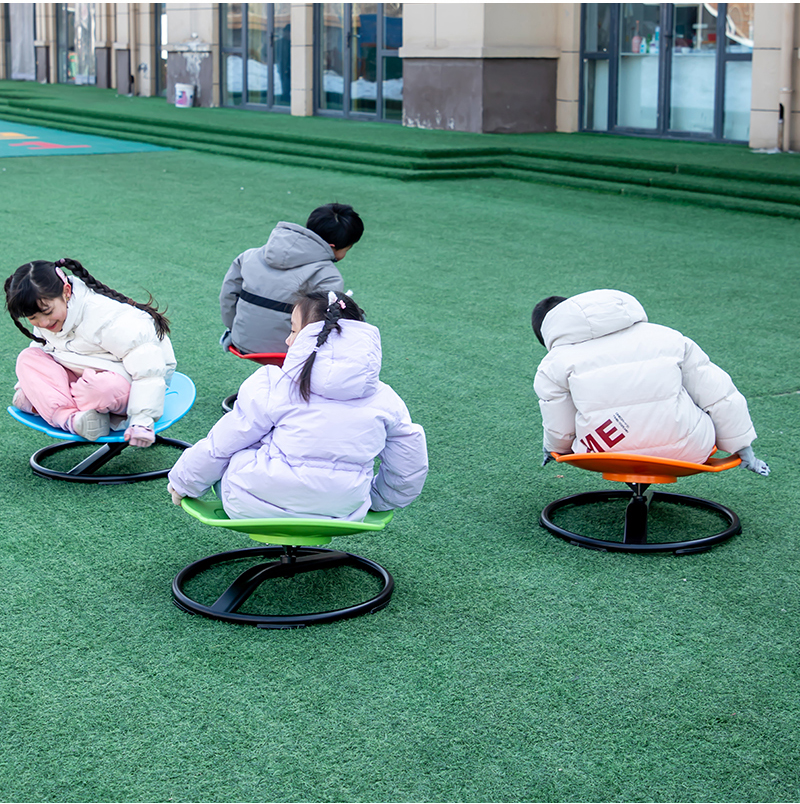Scooter Kids Ruining Skateparks A Clash of Cultures
In recent years, the popularity of scooters among younger children has surged, leading to an ever-growing presence of scooter riders in skateparks around the world. While this influx of scooter kids can be seen as a welcome addition to the sport, many skaters argue that these newcomers are ruining the essence of skateparks, diminishing the experience for traditional skateboarders, BMX riders, and rollerbladers. This clash of cultures raises questions about the nature of skateparks, the evolution of extreme sports, and how communities can coexist within their dedicated spaces.
Skateparks have long been revered as sanctuaries for skaters, where they can practice tricks, socialize, and express themselves through their passion for skating. These spaces have been meticulously designed, often featuring ramps, rails, and bowls specifically tailored for skateboards and BMX bikes. However, as the scooter phenomenon took off, particularly with the rise of pro riders and social media influencers showcasing their skills online, more kids began to flock to these parks with their scooters.
Scooter Kids Ruining Skateparks A Clash of Cultures
This brings about concerns regarding safety. Experienced skaters are often well-versed in navigating the park's terrain, anticipating the movements of their fellow riders. In contrast, novice scooter riders may lack the same level of awareness or understanding of skatepark dynamics. This can lead to increased risk of collisions and accidents, frustrating seasoned skaters who feel that the presence of scooter riders compromises their safety and enjoyment.
scooter kids ruining skateparks

Another aspect of the scooter-kids phenomenon is the perception of skill and respect within skatepark culture. Often, longtime skaters view scooters as somehow less cool than skateboards. This perception can foster resentment among skaters who believe scooter kids do not possess the same dedication or skills required for traditional extreme sports. As a result, some skaters may feel that scooter riders do not contribute to the culture of the skatepark in a meaningful way, further fueling divisions between the two groups.
Despite these tensions, there are constructive ways for both scooter riders and skaters to share space and foster a more inclusive skatepark atmosphere. A growing number of skatepark designers are beginning to modify their plans to account for the influx of scooters. By creating designated areas for various activities, parks can ensure that all riders have room to practice safely without encroaching on each other's space. Furthermore, encouraging mutual respect among park users can help build a sense of community.
Educational initiatives and workshops can also play an essential role in bridging the gap between these two subcultures. Local skateboarding communities could host events where seasoned skaters teach scooter riders about park etiquette, while also emphasizing safety. This not only highlights the skills required for both sports but also fosters camaraderie that can lead to a more cohesive atmosphere.
In conclusion, while the emergence of scooter kids in skateparks has sparked debates among riders, it also presents an opportunity for growth and understanding in the world of extreme sports. By prioritizing safety, respect, and inclusivity, skaters and scooter riders can coexist, enjoying the thrill of their respective sports without overshadowing one another. It’s crucial for both groups to recognize that they are all part of the same vibrant culture, one that thrives on creativity, self-expression, and the joy of riding in a shared community.
-

 Scoot&RideKids Child Kick Push Scooter 3 Wheels with LED Flashing Tilt Lean Boys Girls Scooter
Scoot&RideKids Child Kick Push Scooter 3 Wheels with LED Flashing Tilt Lean Boys Girls Scooter




- 4
$33.17 -

 Scoot&RideKids Scooter Child Kick Flashing LED Light Up 3 Wheel Push Adjustable Folding 3
Scoot&RideKids Scooter Child Kick Flashing LED Light Up 3 Wheel Push Adjustable Folding 3- 0
$25.52 -

 Scoot&RideKids Scooter Child Kick Flashing LED Light Up 3 Wheel Push Adjustable Folding 2
Scoot&RideKids Scooter Child Kick Flashing LED Light Up 3 Wheel Push Adjustable Folding 2- 0
$33.17 -

 Scoot&RideKids Scooter Teens Foldable Kick Push Scooter Adjustable Height Safe 2 Wheels
Scoot&RideKids Scooter Teens Foldable Kick Push Scooter Adjustable Height Safe 2 Wheels




- 4
$49.99
Meet our partners and discover what powers their creativity!
When you register for a Lohas scooter, you will receive a 10% discount on your first order and can be notified of sales, new product launches and other offers in advance.









